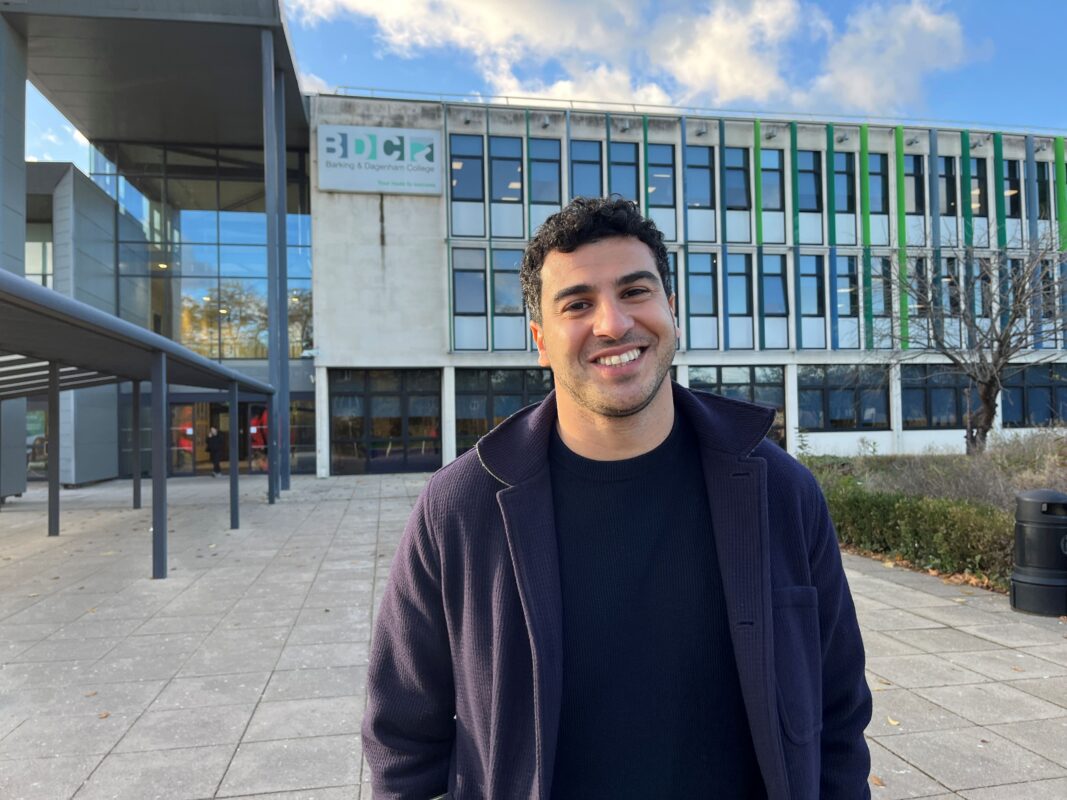Young people not in education, employment or training (NEET), UK: November 2022

Main points
- There was an increase in the number of young people who were aged 16 to 24 years and not in education, employment or training (NEET) in July to September 2022, with the total currently estimated to be 724,000, up from 711,000 in April to June 2022.
- The percentage of all young people who were NEET in July to September 2022 was estimated at 10.6%, up 0.2 percentage points on the quarter (April to June 2022), but down 0.5 percentage points compared with pre-coronavirus (COVID-19) pandemic levels (October to December 2019).
- The increase in the number of young people who were NEET was entirely affected by women, who saw an increase of 14,000 on the quarter (from April to June 2022).
- The number of young people who were NEET and economically inactive in July to September 2022 was estimated to be 490,000, an increase of 17,000 on the quarter (from April to June 2022).
- There were an estimated 234,000 young people in the UK who were NEET and unemployed, a record low; of these, an estimated record low 218,000 were aged 18 to 24 years.
Total young people who were not in education, employment or training (NEET)
An estimated 10.6% of all people aged 16 to 24 years in the UK were not in education, employment or training in July to September 2022. This is 0.2 percentage points up on the quarter, and up 0.2 percentage points compared with July to September 2021, but 0.5 percentage points down on pre-coronavirus (COVID-19) pandemic levels (October to December 2019). An estimated 11.0% of young men (down 0.1 percentage points on the quarter) and 10.2% of young women (up 0.4 percentage points on the quarter) were NEET. In total, 724,000 young people were NEET, an increase of 12,000 on the quarter, which was entirely influenced by women. Of the total number of young people who were NEET, 383,000 were men and 340,000 were women.
The total number of people aged 18 to 24 years who were NEET was 675,000, up 7,000 on the previous quarter.
The percentage of those aged 18 to 24 years who were NEET was 12.6%, which was up 0.1 percentage points on the quarter.
Figure 1: The percentage of young people who are not in education, employment or training (NEET) has slowly increased but is still below pre-coronavirus pandemic levels
People aged 16 to 24 years NEET as a percentage of all young people by age, seasonally adjusted, UK, July to September 2012 to July to September 2022

Unemployed young people who were not in education, employment or training
There were an estimated 234,000 unemployed young people aged 16 to 24 years who were NEET in July to September 2022. This was a record low, down 5,000 from April to June 2022 and down 37,000 compared with July to September 2021. An estimated 155,000 of these unemployed NEETS were men, a record low, and 79,000 were women.
Economically inactive young people who were not in education, employment or training
In July to September 2022, there were an estimated 490,000 economically inactive young people aged 16 to 24 years who were NEET. This was up 17,000 on the quarter from April to June 2022 and up 52,000 compared with July to September 2021. The number of young men who were NEET and economically inactive was 228,000, and the number of young women was 262,000.
Subnational not in education, employment or training (NEET) estimates are not published by the Office for National Statistics (ONS), but can be accessed by following the related links in Section 8 of this bulletin.
Read more here.
Sector Response
Russell Hobby, CEO of Teach First said:
“The sad truth is that these 700,000 young people not in employment, education or training are significantly more likely to be from the country’s poorest communities. That’s because while talent is spread evenly, opportunity is not.
“If the government wants to deliver growth, they must weight funding towards schools serving disadvantaged communities – where it has the potential to make the biggest difference. As well as supporting more young people to thrive in their futures, this will provide us with the highly skilled workforce needed to build our country’s long-term prosperity.”











Responses